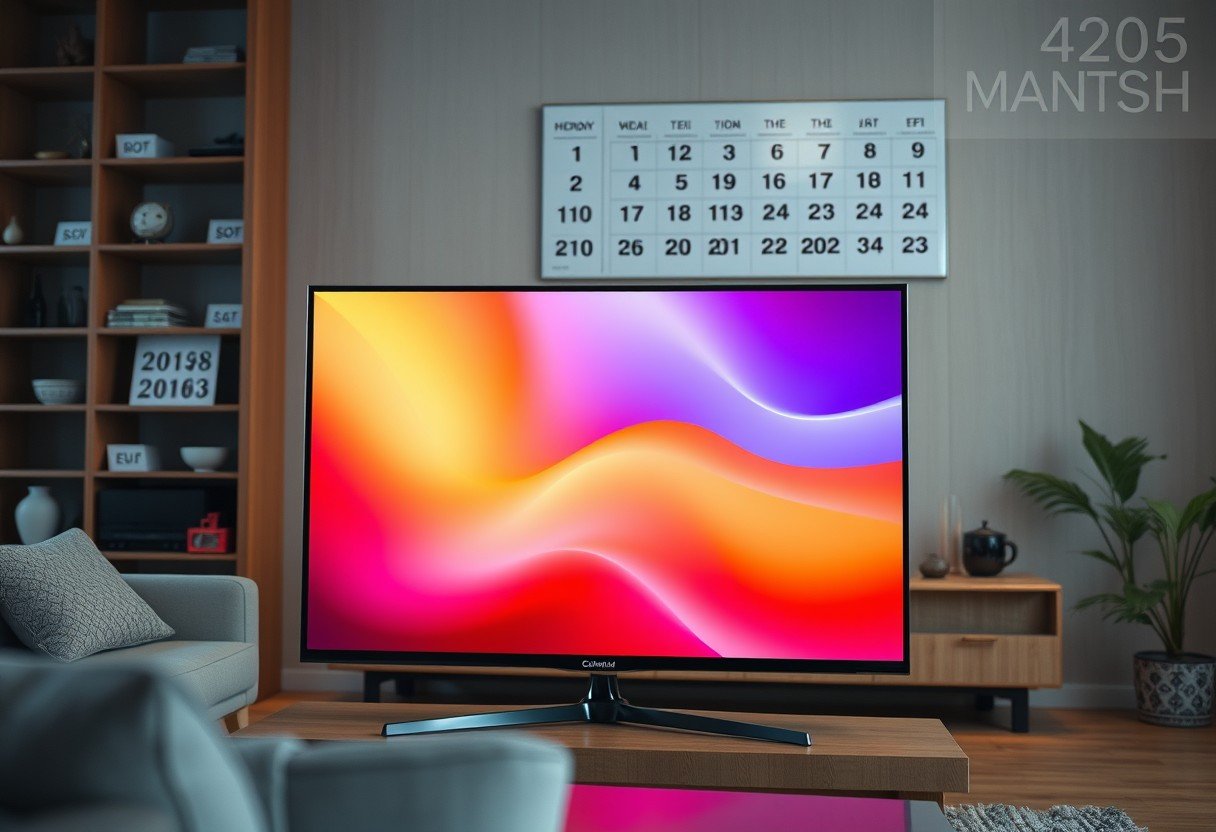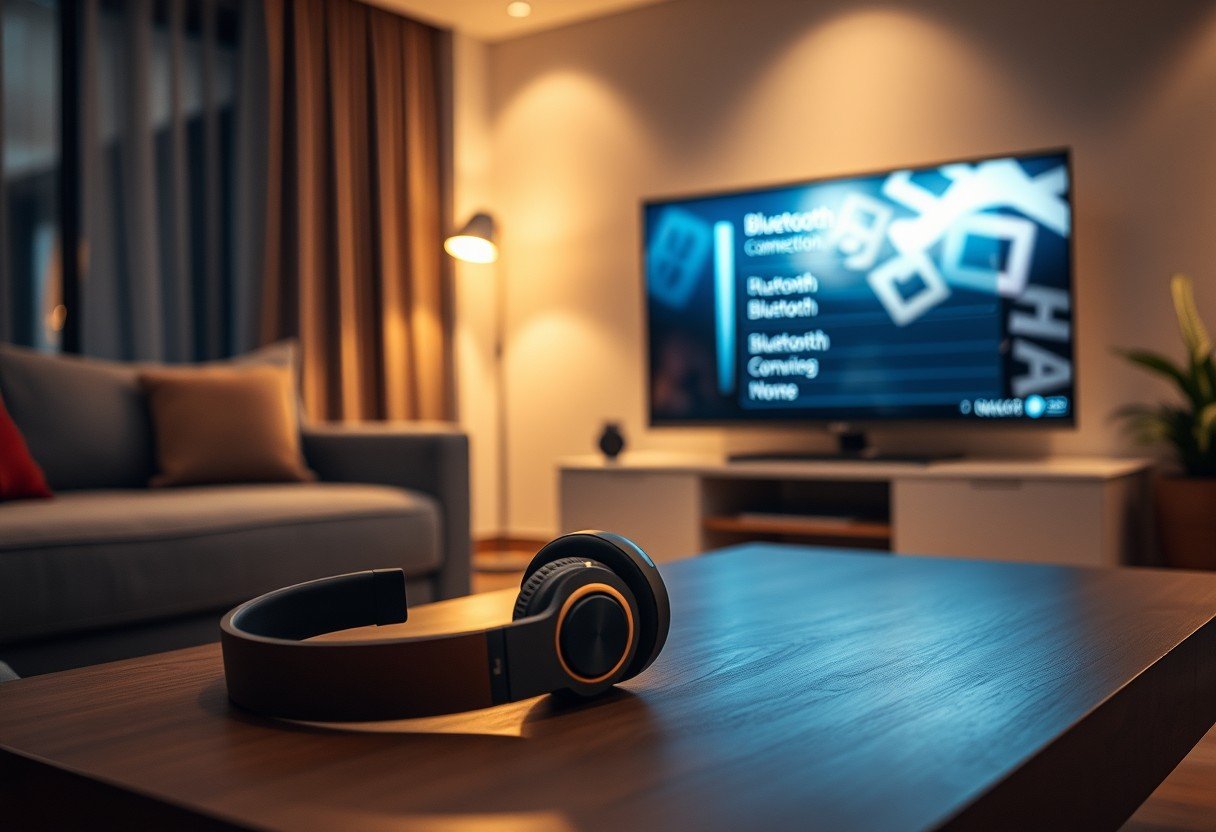Refurbished TVs are gaining popularity as a budget-friendly option for buyers, but many wonder how long they actually last and if they’re worth the investment. This guide explains what affects the lifespan of refurbished TVs, compares them to new models, and shares tips to help you make a smart choice.
What Is a Refurbished TV and How Is It Different?
Refurbished TVs are previously owned televisions that have been returned to a retailer or manufacturer for various reasons. These can include minor defects, customer returns, or even simply opened boxes that could not be sold as new. After return, the TV is carefully inspected, repaired if needed, and tested by professionals before being resold.
Unlike used TVs that are sold as-is, refurbished TVs go through a standard quality check. This process ensures the device works properly and meets certain performance standards. Most refurbished TVs also come with a limited warranty, typically ranging from 90 days to one year, giving buyers some peace of mind.
- Professionally inspected and repaired before resale
- Offered at a lower price than new TVs
- Usually sold with a limited warranty
Factory refurbished TVs, which are restored by the original manufacturer, are generally considered the most reliable. Third-party refurbishers may use different standards and parts, so it’s important to check who did the refurbishment and what kind of warranty is included.
Average Lifespan of Refurbished TVs
The typical lifespan of a refurbished TV ranges from 3 to 7 years. The exact number depends on the brand, the quality of the refurbishment, and how the TV is used and cared for. Factory refurbished models from top brands like Sony, LG, or Samsung often last longer, up to 7 years or more, while third-party refurbished units may last between 3 and 5 years.
Here is a quick comparison of average lifespans for different types of TVs:
| Type of TV | Average Lifespan |
|---|---|
| Brand New | 5–10 years |
| Factory Refurbished | 5–7 years |
| Third-Party Refurbished | 3–5 years |
Regular cleaning and careful use can help extend the life of your refurbished TV. Some owners report their refurbished TVs lasting as long as brand new ones, especially when maintained well.
What Factors Affect the Lifespan of Refurbished TVs?
Several factors influence how long a refurbished TV will last. Understanding these can help you make a better buying decision and get more years out of your television.
Quality of Refurbishment: TVs refurbished by the original manufacturer are usually restored with original parts and strict standards. This reduces the risk of future problems. Third-party refurbishers might not always use high-quality parts, which can affect longevity.
Brand and Model: Well-known brands like Samsung, LG, and Sony are known for their reliability. According to a 2023 Consumer Reports study, these brands show fewer long-term issues, even after refurbishment, compared to lesser-known brands.
Usage and Environment: How often you use your TV and where you place it also matters. TVs kept in hot, humid, or dusty rooms tend to wear out faster. Watching TV for long hours every day can also shorten its life.
- Turn off the TV when not in use
- Keep the TV away from heat sources and direct sunlight
Taking these steps can help maximize the lifespan of your refurbished TV.
How to Make Your Refurbished TV Last Longer
While the quality of refurbishment and brand play a big role, your own habits are just as important in making your refurbished TV last. Here are some practical tips to get the most out of your purchase:
- Clean the screen and vents regularly to prevent dust buildup, which can cause overheating
- Ensure the TV has good airflow around it; avoid placing it in tight spaces
- Use a surge protector to shield the TV from power spikes
Updating your TV’s software or firmware when updates are available is another smart move. Manufacturers often release updates to fix bugs and add features, which can help your TV run smoothly for longer.
If you notice problems like flickering, odd sounds, or color issues, get your TV checked sooner rather than later. Addressing small issues quickly can prevent bigger, more expensive repairs down the line.
Refurbished vs. New TVs: Which One Should You Buy?
Choosing between a refurbished and a new TV depends on your budget and needs. Here’s a direct comparison to help you decide:
| Feature | Refurbished TV | New TV |
|---|---|---|
| Price | Lower | Higher |
| Warranty | 90 days – 1 year | 1–2 years or more |
| Condition | Like-new, minor wear | Brand new |
| Features | May lack latest technology | Includes newest features |
If saving money is your top priority and you don’t need the very latest features, a refurbished TV can be a great value. However, if you want the most up-to-date technology or a longer warranty, a new TV may be the better choice.
Real Experiences from Refurbished TV Buyers
Many shoppers have positive experiences with refurbished TVs, especially when they buy from trusted brands or certified retailers. According to a 2023 Best Buy survey, 83 percent of refurbished TV buyers said their TVs lasted at least four years, which is a good return for the lower price.
Happy buyers often share a few common tips:
- Always check for a warranty before buying
- Read product and seller reviews
- Stick with recognized brands known for support and quality
Problems are more likely when buyers choose unknown brands or sellers who don’t clearly state their warranty policies. Taking a few minutes to research your purchase can make a big difference in your overall satisfaction.
Frequently Asked Questions About Refurbished TVs
Are refurbished TVs reliable?
Yes, especially if they are refurbished by the original manufacturer or a trusted certified refurbisher and come with a warranty.
How can I tell if a refurbished TV is a good deal?
Check the price compared to a new model, read the warranty terms, and look at reviews for both the seller and the TV model.
Do refurbished TVs have the latest technology?
Usually, refurbished TVs are a year or two old and may not have the newest features released in the most recent models.
Are factory refurbished TVs better than third-party refurbished TVs?
Factory refurbished TVs generally offer better reliability because they use original parts and follow strict testing standards.
Can refurbished TVs last as long as new TVs?
With proper care and when bought from a trusted source, refurbished TVs can sometimes last just as long as new ones, especially factory refurbished models.
Final Thoughts: Are Refurbished TVs Worth Buying?
A refurbished TV from a reputable brand and certified seller can provide excellent value, often lasting 5 to 7 years or more with good care. By following smart maintenance tips and buying from trusted sources, you can get a reliable television at a significant discount.
Before you buy, always check the warranty, research the brand and seller, and compare features and prices to ensure you’re making a smart investment. For many households, a refurbished TV is a cost-effective way to enjoy high-quality entertainment without paying full price.









Leave a Comment